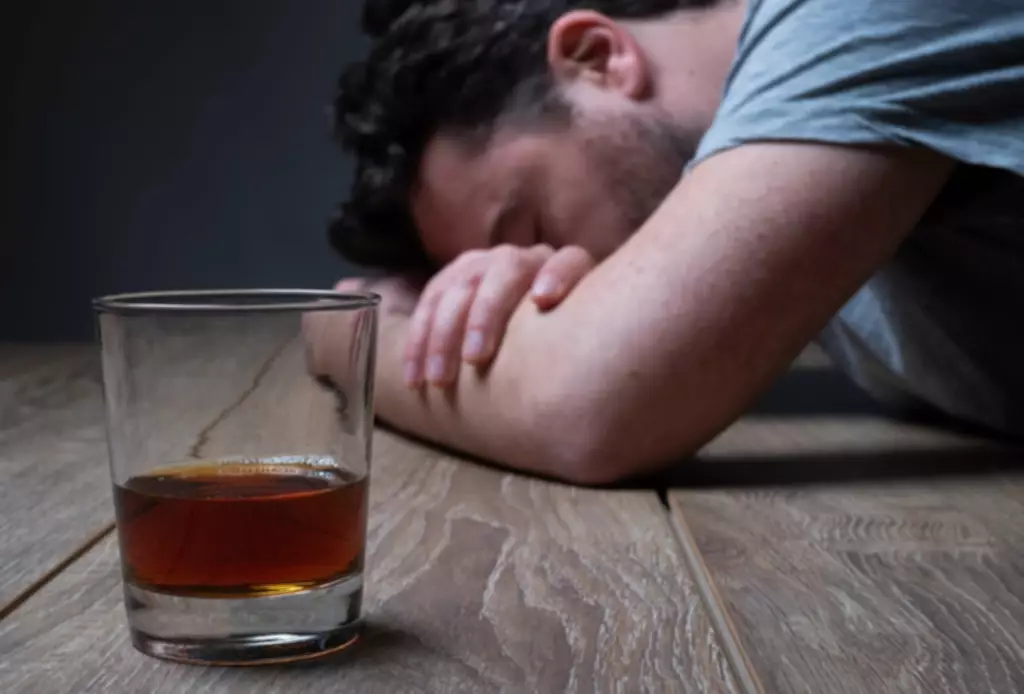Functional imaging is increasingly being incorporated in treatment outcome studies (e.g., [133]) and there are increasing efforts to use imaging approaches to predict relapse [134]. While the overall number of studies examining neural correlates of relapse remains small at present, the coming years will undoubtedly see a significant escalation in the number of studies using fMRI to predict response to psychosocial and pharmacological treatments. In this context, a critical question will concern the predictive and clinical utility of brain-based measures with respect to predicting treatment outcome. Strengthening coping skills is a goal of virtually all cognitive-behavioral interventions for substance use [75]. One study [76] found that momentary coping differentiated smoking lapses from temptations, such that coping responses were reported in 91% of successful resists vs. 24% of lapses. Shiffman and colleagues [68] found that restorative coping following a smoking lapse decreased the likelihood of a second lapse the same day.

2. Controlled drinking
However, recent studies show that withdrawal profiles are complex, multi-faceted and idiosyncratic, and that in the context of fine-grained analyses withdrawal indeed can predict relapse [64,65]. Such findings have contributed to renewed interest in negative reinforcement models of drug use [63]. Given the abstinence focus of many SUD treatment centers, studies may need to recruit using community outreach, which can yield fewer participants compared to recruiting from treatment (Jaffee et al., 2009). However, this approach is consistent with the goal of increasing treatment utilization by reaching those who may not otherwise present to treatment.
Emerging topics in relapse and relapse prevention
These two reviews highlighted the increasing difficulty of classifying interventions as specifically constituting RP, given that many treatments for substance use disorders (e.g., cognitive behavioral treatment (CBT)) are based on the cognitive behavioral model of relapse developed for RP [16]. One of the key distinctions between CBT and RP in the field is that the term “CBT” is more often used to describe stand-alone primary treatments that are based on the cognitive-behavioral model, whereas RP is more often used to describe aftercare treatment. Given that CBT is often used as a stand-alone treatment it may include additional components that are not always provided in RP. For example, the CBT intervention developed in Project MATCH [18] (described below) equated to RP with respect to the core sessions, but it also included elective sessions that are not typically a focus in RP (e.g., job-seeking skills, family involvement). As outlined in this review, the last decade has seen notable developments in the RP literature, including significant expansion of empirical work with relevance to the RP model.
Integrating implicit cognition and neurocognition in relapse models
- Again, many experts agree that a one-time lapse into using drugs or alcohol does not equally relapse.
- Feeling somewhat uncomfortable with the offer the client might experience a slight decrease in self-efficacy, which cascades into positive outcome expectancies about the potential effects of having a drink as well as feelings of shame or guilt about saying no to his neighbor’s offer.
- It is also necessary to know that they are not a sign of failure; they are inevitable.
- Along with the client, the therapist needs to explore past circumstances and triggers of relapse.
- This model both accelerated the spread of AA and NA and helped establish the abstinence-focused 12-Step program at the core of mainstream addiction treatment.
- Previous reviews have described nonabstinence pharmacological approaches (e.g., Connery, 2015; Palpacuer et al., 2018), which are outside the scope of the current review.
Relapse is most likely in the first 90 days after embarking on recovery, but in general it typically happens within the first year. Recovery is a developmental process and relapse is a risk before a person has acquired a suite of strategies for coping not just with cravings but life stresses the abstinence violation effect refers to and established new and rewarding daily routines. It’s an acknowledgement that recovery takes lots of learning, especially about oneself. Recovery from addiction requires significant changes in lifestyle and behavior, ranging from changing friend circles to developing new coping mechanisms.
4. Consequences of abstinence-only treatment
Detailed discussions of relapse in relation to NDST and catastrophe theory are available elsewhere [10,31,34]. Therapy is extremely helpful; CBT (cognitive behavioral therapy) is very specifically designed to uncover and challenge the kinds of negative feelings and beliefs that can undermine recovery. By providing the company of others and flesh-and-blood examples of those who have recovered despite relapsing, support groups also help diminish negative self-feelings, which tend to fester in isolation. Many factors play a role in a person’s decision to misuse legal or illegal psychoactive substances, and different schools of thinking assign different weight to the role each factor plays. People can relapse when things are going well if they become overconfident in their ability to manage every kind of situation that can trigger even a momentary desire to use.
1. Review aims
- Thus, examining withdrawal in relation to relapse may only prove useful to the extent that negative affect is assessed adequately [64].
- This finding supplements the numerous studies that identify lack of readiness for abstinence as the top reason for non-engagement in SUD treatment, even among those who recognize a need for treatment (e.g., Chen, Strain, Crum, & Mojtabai, 2013; SAMHSA, 2019a).
- As indicated in Figure Figure2,2, distal risks may influence relapse either directly or indirectly (via phasic processes).
- Furthermore, the use of FDA-approved medications (which not all clients will view as “abstinence”) has been shown to produce the best health and recovery outcomes for people with opioid use disorders.
- This model notes that those who have the latter mindset are proactive and strive to learn from their mistakes.
Addiction and related disorders are chronic lapsing and relapsing disorders where the combination of long term pharmacological and psychosocial managements are the mainstay approaches of management. Among the psychosocial interventions, the Relapse Prevention (RP), cognitive-behavioural approach, is a strategy for reducing the likelihood and severity of relapse following the cessation or reduction of problematic behaviours. Here the assessment and management of both the intrapersonal and interpersonal determinants of relapse are undertaken. This article discusses the concepts of relapse prevention, relapse determinants and the specific interventional strategies.

Also, many studies that have examined potential mediators of outcomes have not provided a rigorous test [129] of mechanisms of change. These results suggest that researchers should strive to consider alternative mechanisms, improve assessment methods and/or revise theories about how CBT-based interventions work [77,130]. Findings concerning possible genetic moderators of response to acamprosate have been reported [99], but are preliminary. Additionally, other findings suggest the influence of a DRD4 variable number of tandem repeats (VNTR) polymorphism on response to olanzapine, a dopamine antagonist that has been studied as an experimental treatment for alcohol problems. Olanzapine was found to reduce alcohol-related craving those with the long-repeat VNTR (DRD4 L), but not individuals with the short-repeat version (DRD4 S; [100,101]).
4. Current status of nonabstinence SUD treatment
Avoiding the What-the-Hell Health Effect – U.S. News & World Report
Avoiding the What-the-Hell Health Effect.
Posted: Wed, 15 Nov 2017 08:00:00 GMT [source]


Lascia un commento